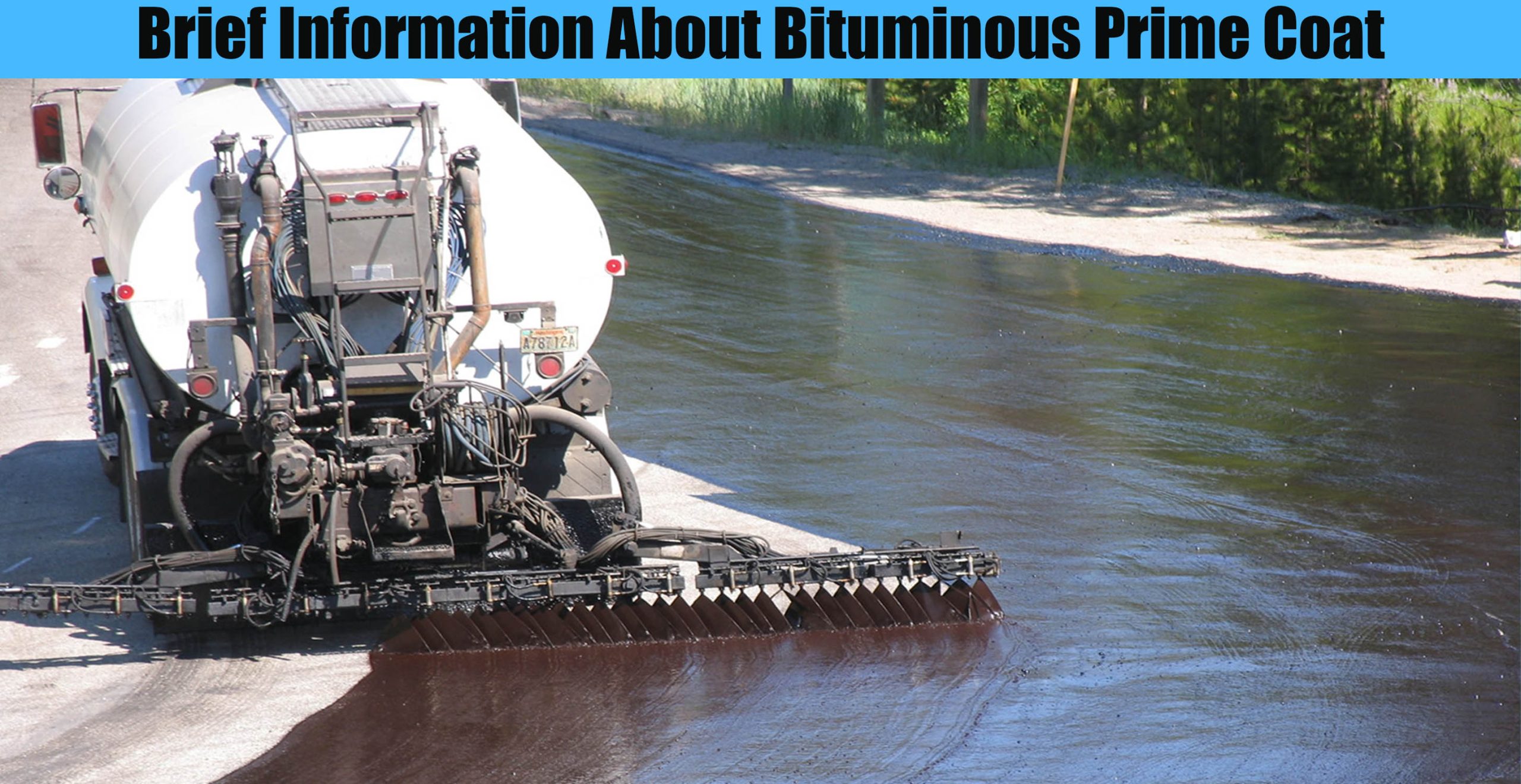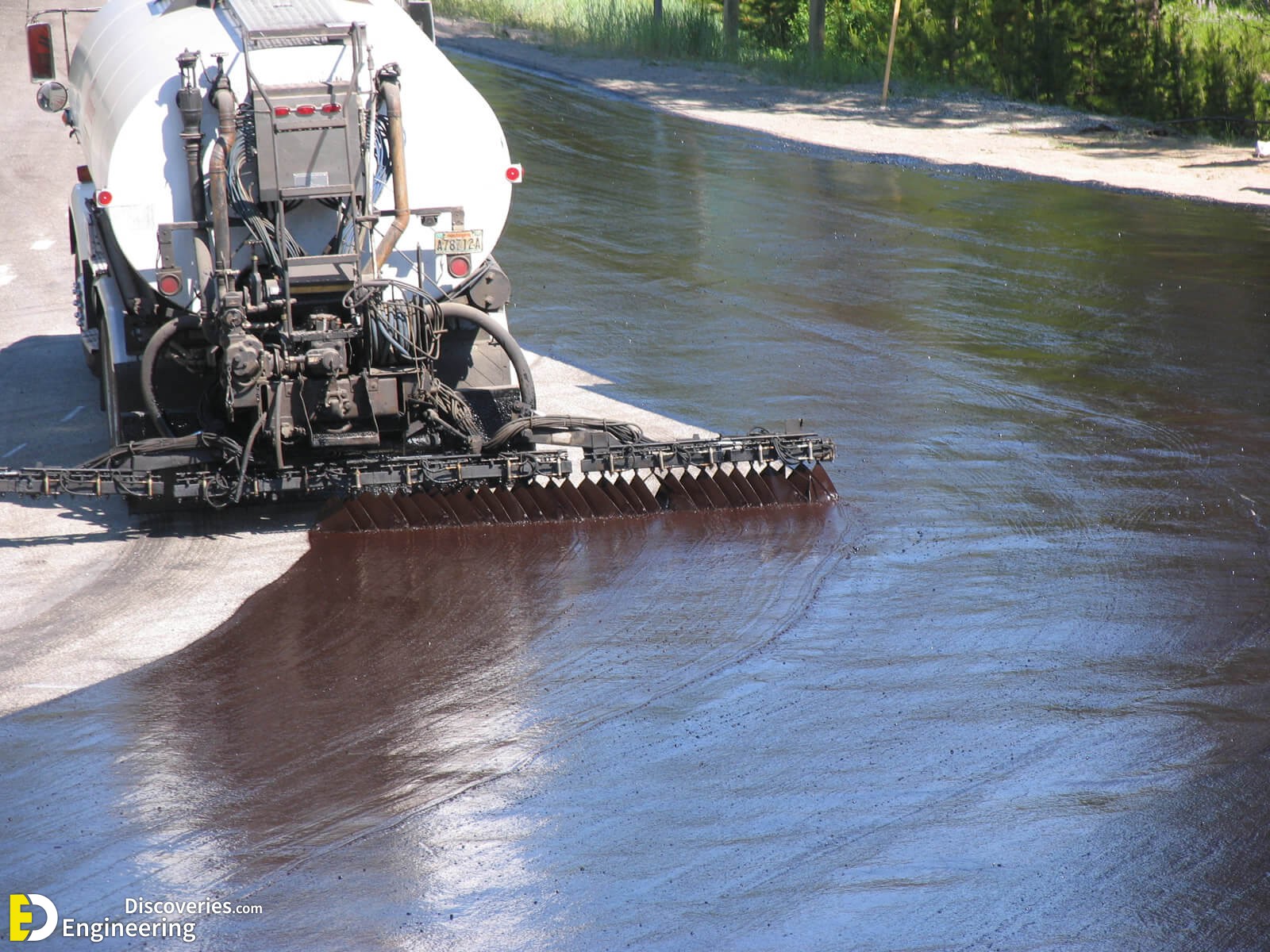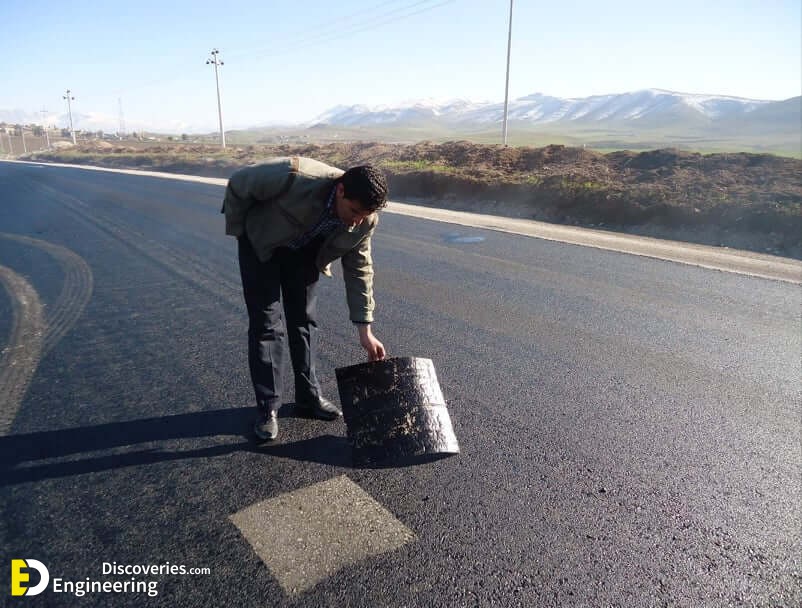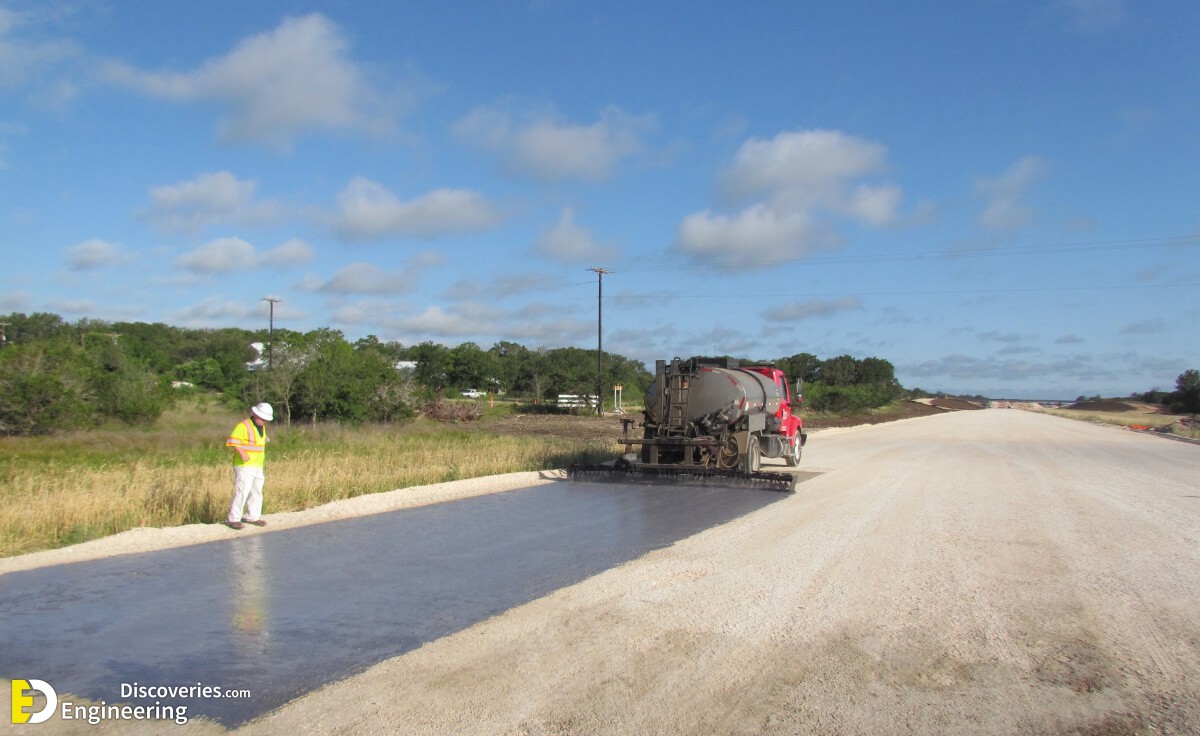Prime coat typically is the application of low viscosity Bitumen over a granular base, preparing it for laying an asphalt mixture on it. A prime coat performs several important functions. Coats and bonds loose material particles on the surface of the base. Bituminous Prime Coat shall be a medium curing-back bitumen MC 30, MC 70 or MC 250 conforming to AASHTO M82-73, produced by fluxes in an approved manner an 85/ 100 penetration bitumen with GORA “Kerosene”. The cut-back bitumen shall be free from water, shall show no separation or curdling prior to use and shall be tested in accordance with the following standard AASHTO methods:
Sampling T40-67 Water content T55-70 Viscosity T72-74 Distillation T78-74 The approximate composition of the cut-back bitumen is one part kerosene to one and a half parts bituminous cement by Volume. The bituminous binder may also be a cationic bituminous emulsion conforming to AASHTO M208 Grades CSS-1 or CSS-1h. purpose of prime coat The major purpose of the prime coat is to protect the underlying layers from wet weather by providing a temporary waterproofing layer. Additional benefits of the prime coat are stabilizing or binding the surface fines together and promoting bond to the layer. Prime must adequately penetrate the base to function properly.
Bituminous Prime Coat Bituminous binder shall be applied in quantities of not less than 0•50 liters/m2 nor more than 1•20 liters/m2 of the base course. The exact quantities to be applied, which may be varied to suit field conditions, will be determined by Field test. Cationic bituminous emulsion shall be applied at such rates as to leave a residual bitumen content of not less than 0•60liters/m2 nor more than 1•20liters/m2. Weather limitations The prime coat shall be applied only when the base course is dry, or contains moisture not in excess of that which will permit uniform distribution and the desired penetrations. It shall not be applied when the atmospheric temperature is below 15°C
Application of bituminous binder Following the application of prime material, the surface shall be allowed to cure for a period of at least 24 hours without being disturbed or for such additional period of time as may be necessary to attain penetration into the base course and aeration of the volatiles from the prime material.
Click Here To See Granular Material-Sub-Base Course Materials









